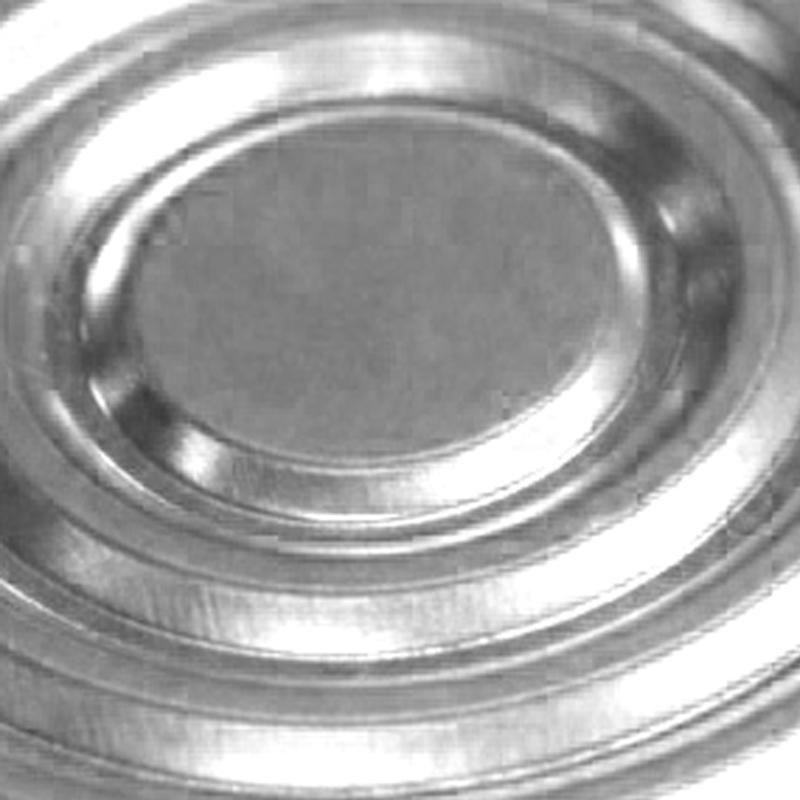
दिसम्बर . 11, 2024 02:45 Back to list
famous capillary diaphragm seal pressure gauge
Understanding Capillary Diaphragm Seal Pressure Gauges
Capillary diaphragm seal pressure gauges are important instruments used in various industrial applications to measure the pressure of fluids in environments that are challenging for standard pressure gauges. These gauges are particularly useful in processes where high temperatures, corrosive chemicals, or contamination might adversely affect the accuracy and lifespan of conventional measurement tools. In this article, we’ll explore how capillary diaphragm seal pressure gauges work, their advantages, applications, and considerations to keep in mind when selecting one for your needs.
How They Work
At the core of the capillary diaphragm seal pressure gauge is the diaphragm, a flexible membrane that separates the measuring element from the process fluid. This diaphragm is typically made from materials resistant to the chemicals or conditions it will encounter, such as stainless steel or high-grade polymers.
The capillary tube connects the diaphragm to the pressure sensing element. This tube is filled with a liquid, often a non-compressible fluid like silicone oil, which transmits the pressure from the diaphragm to the gauge. When pressure is exerted on the diaphragm by the process fluid, it flexes, causing the liquid in the capillary tube to move. This movement is translated into a pressure reading on the gauge.
Advantages of Capillary Diaphragm Seal Pressure Gauges
1. Protection Against Contamination One of the main benefits of using a diaphragm seal is that it prevents the process fluid from coming into direct contact with the measuring instrument. This is particularly useful for viscous, corrosive, or dirty fluids that could damage a standard gauge.
2. Accurate Readings in Harsh Conditions Capillary diaphragm seals are designed to work in extreme temperatures and pressures, making them suitable for a wide range of industrial applications, including chemical processing, oil and gas extraction, and food and beverage production.
3. Reduced Maintenance Because the gauge itself is shielded from the process fluid, there is less risk of clogging or corrosion. This means less frequent maintenance and a longer lifespan for the instrument.
4. Versatility These gauges can be configured to handle a variety of fluid types and pressures. They are adaptable and can be customized based on the specific requirements of an application.
Applications
famous capillary diaphragm seal pressure gauge

Capillary diaphragm seal pressure gauges are used in numerous industries due to their robust design and reliability. They are commonly found in
- Chemical Processing Where accurate pressure readings of corrosive substances are critical. - Oil and Gas For measuring high pressures in extraction and refining processes. - Pharmaceuticals To monitor pressures during manufacturing while avoiding contamination. - Food and Beverage Ensuring sanitary conditions are maintained throughout processing.
Considerations When Selecting a Gauge
When choosing a capillary diaphragm seal pressure gauge, it’s essential to consider several factors
1. Material Compatibility The materials used in the diaphragm and capillary should be compatible with the process fluid to ensure accuracy and longevity.
2. Temperature and Pressure Ratings Ensure the selected gauge can withstand the maximum temperature and pressure expected in your application.
3. Calibration and Accuracy Check the calibration standards of the gauge to ensure it meets your accuracy requirements.
4. Installation and Maintenance Consider how the gauge will be installed and the level of maintenance it will require over time.
5. Cost vs. Performance While investing in a high-quality gauge may seem more expensive upfront, the long-term reliability and reduced maintenance costs can offer significant savings.
Conclusion
Capillary diaphragm seal pressure gauges are essential tools in many industries, providing accurate and reliable pressure measurements even in the most challenging environments. By understanding how they work and the benefits they offer, companies can make informed decisions when selecting the right pressure gauge for their specific applications, ultimately leading to improved efficiency, safety, and productivity in their operations.
-
Bourdon-Type Differential Pressure Gauges High Accuracy & Affordable Pricing
NewsMay.22,2025
-
Vacuum Differential Pressure Gauges High-Precision Solutions & Quotes
NewsMay.22,2025
-
Durable Diaphragm Pressure Elements High Accuracy & Custom Quotes
NewsMay.22,2025
-
AG Precision Pressure Gauges High Accuracy & Global Exporters
NewsMay.21,2025
-
Ashcroft Diaphragm Pressure Gauges Precision & Durability
NewsMay.21,2025
-
Micro Differential Pressure Gauges High-Precision & Compact Solutions
NewsMay.20,2025
